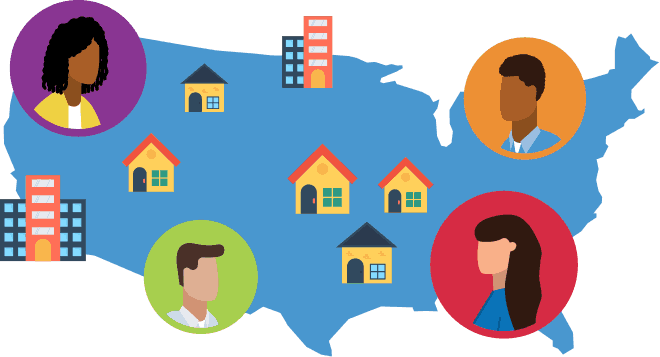
This is the starting point for the equity inquiry. Before delving into the other module topics in this tool, the equity inquiry team should develop a deeper, shared picture of its community. In order to evaluate equity in your network, programs, and activities, you must understand the landscape of the community to seek to engage and serve. This module helps networks deepen their understanding of their community around three key areas.
Too often in education, communities—especially students and families from marginalized groups—have been defined in terms of deficits. If education networks seek to serve those communities, they must know their needs, but also their richness and assets. The traditional education innovation ecosystem has not always recognized places like churches, community groups, and rec centers for the vital supports they give youth. Education networks have the opportunity to identify and engage these community organizations and leaders as partners.
On the worksheet for this module, you’ll find guidance to help you identify the people, equity gaps, and assets in your community. We also recommend exploring additional resources that will support work in equitable data collection and research, community asset mapping, and understanding barriers and opportunity gaps faced by marginalized communities.